Copyright ABCs – “The Clock Struck Four!!!”: Ashford v Thornton, Trial by Combat, and Nineteenth-Century Melodrama
We return to the Copyright Deposit ABC’s, as the cataloguing of this massive collection continues apace.
For this instalment we are skipping past G (Geography, Anthropology, and Recreation) and H (Social Sciences), because these sections of the collection had been catalogued prior to the Lighting the Past Project.
Classmarks J and K hold works on political science and law, respectively. Political science covers a wide range of material, including theory, administration, and international relations. The Copyright Deposit Collection’s 18th century material speaks to an Enlightenment-era concern about the nature of democracy and the rights of both rulers and the ruled.
For example, these two works by Thomas Paine, which ran through multiple editions in both the US and the UK.
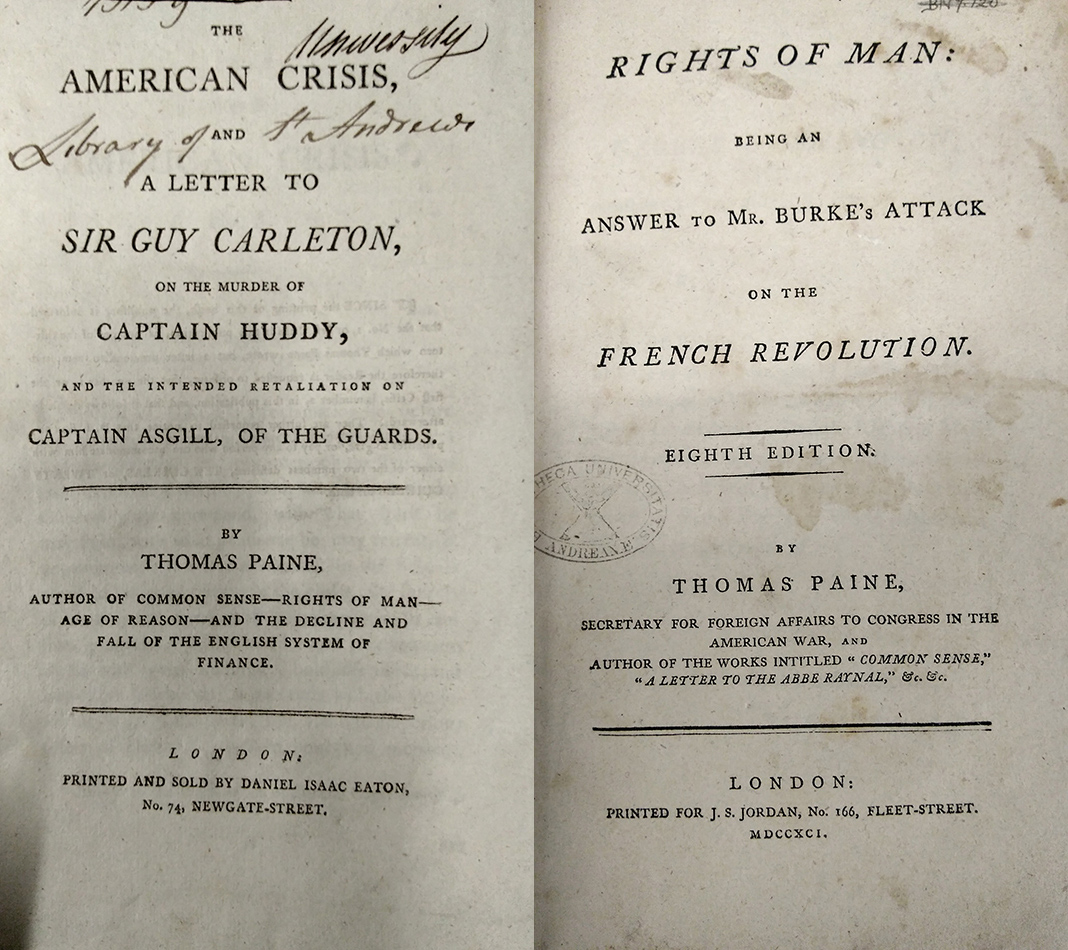
In this blogpost, however, we will focus on a fascinating find in classmark K from the later part of the Copyright period (1710-1837), a bound collection of material regarding a murder case which resulted in trial by combat.
••••
On the morning of 27 May 1817, labourer George Jackson was on his way to work when he observed “a bonnet, a pair of shoes, and a bundle” lying on a slope that led down to a water-filled pit. Upon closer inspection, one of the shoes appeared to be “smeared with blood”. Jackson raised the alarm. Later that morning, the body of Mary Ashford was dragged out from the pit. She had been murdered.
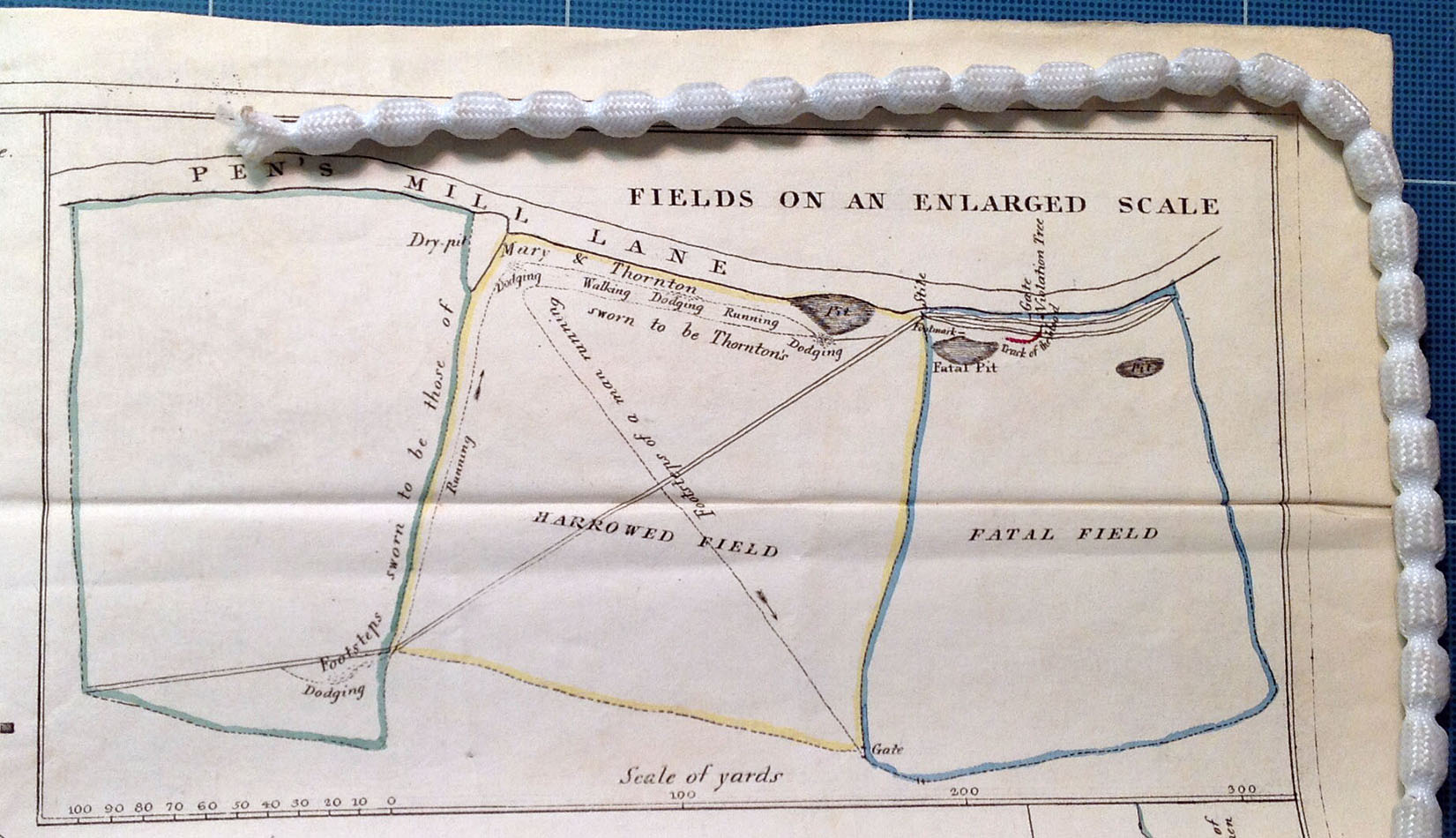
The victim was a twenty year old housekeeper from Erdington, outside Birmingham. The previous evening, she and a female friend had attended a party at a local tavern. Witnesses reported that a local man, Abraham Thornton, had been seen with Mary at the party, and that all three young people had left the tavern together. Instead of returning home with her friend, however, Mary wandered off into the night with her suitor. Crucially, two sets of footprints — a man’s and a woman’s — had been discovered leading towards the pit; only the man’s appeared to walk away.
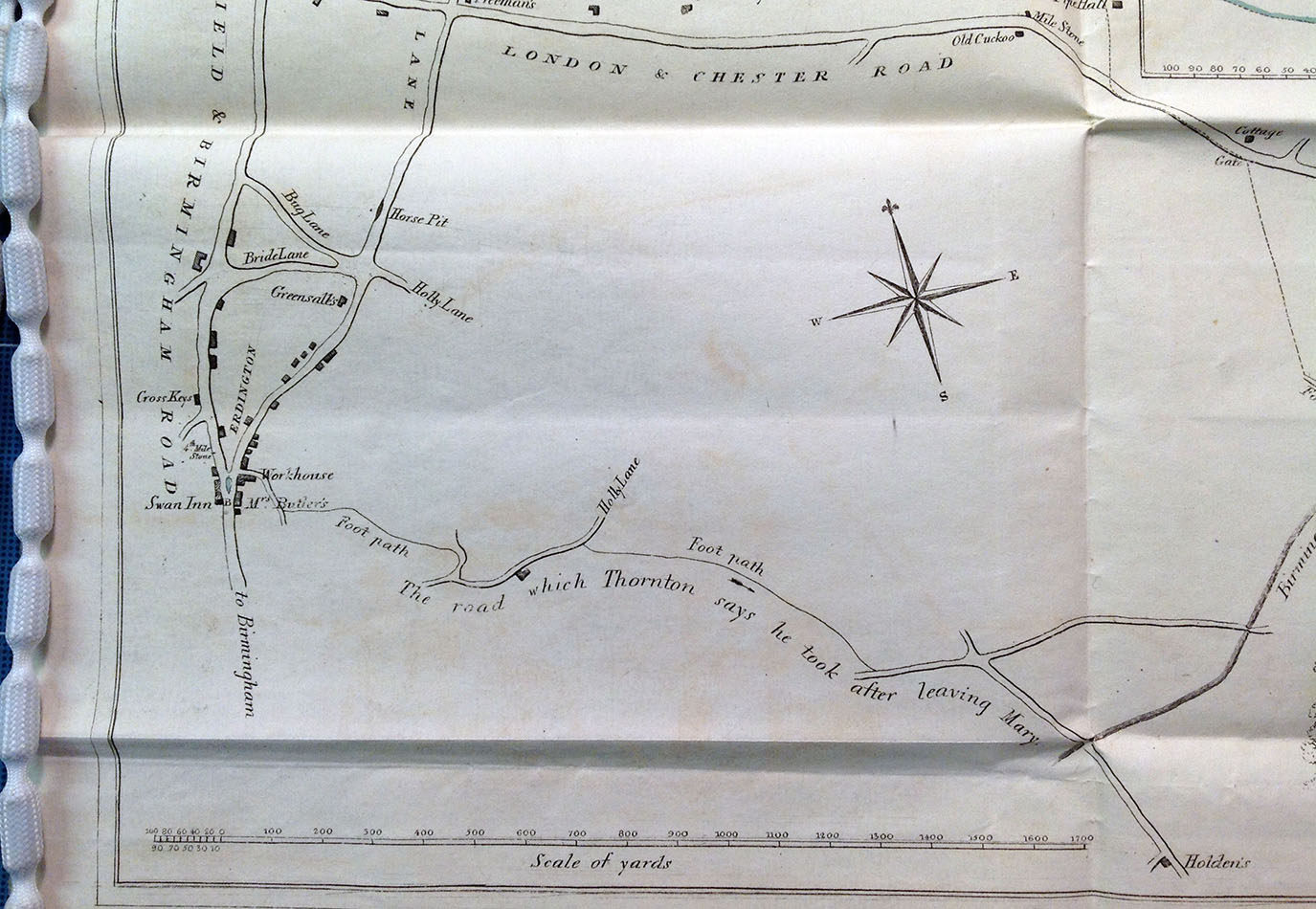
Abraham Thornton was arrested for the rape and murder of Mary Ashford soon afterward. The trial that followed was sensational, and women were excluded from attending due to the lurid nature of the evidence. Despite the fact that public opinion was decidedly against Thornton, the young man provided an alibi, and was subsequently acquitted of murder in only six minutes. Mary’s older brother, William, later filed a civil appeal against the ruling, a decision that would prove to have political ramifications for the entire nation.
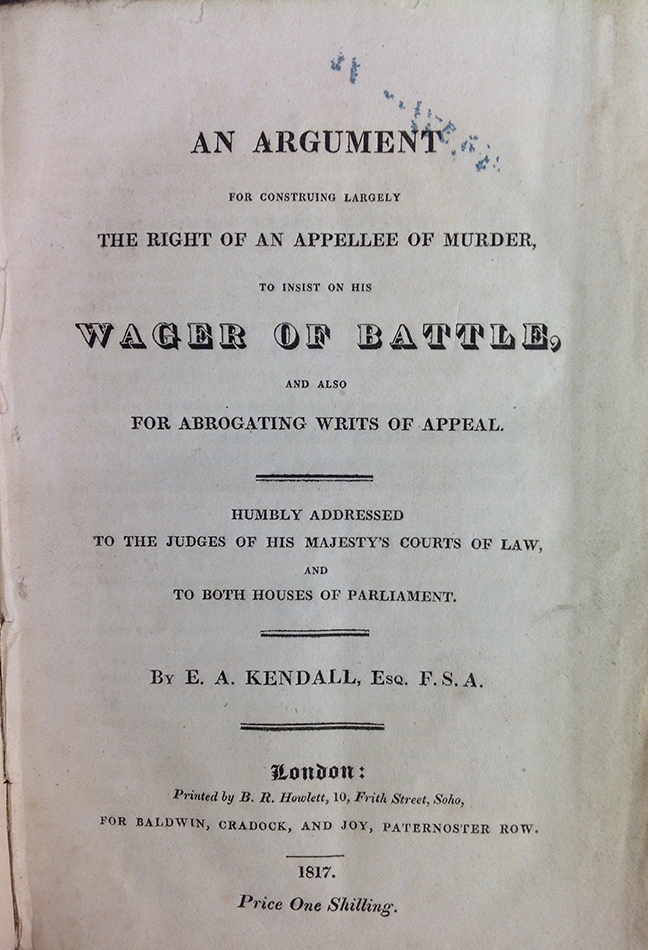
Appearing before the Court of King’s Bench that November, Thornton claimed the right to defend himself against this retrial by an ancient procedure: trial by combat. Under existing law, a defendant facing such a retrial after having previously been acquitted of murder technically did have the right to settle the suit by requesting a “wager of battle” with the plaintiff. This was not, however, a recourse sought frequently by criminal defendants; in fact, the last confirmed instance of such an ordeal in England had been in the fifteenth century. Fortunately for Thornton, the following year the court decided in his favour. Ashford then dropped the suit, claiming that he was physically unfit to face his sister’s murderer in battle. Thornton later emigrated to the United States, where he remained until his death.
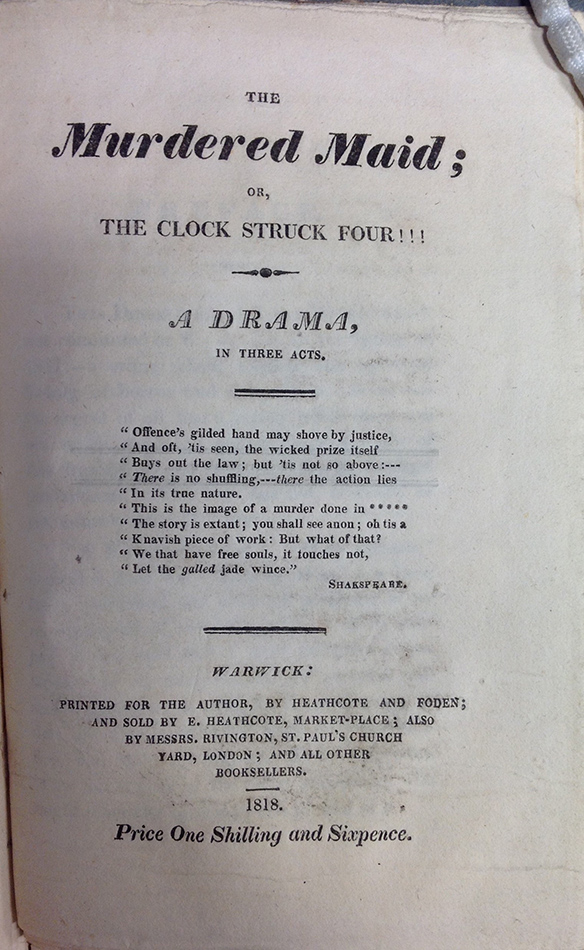
The notorious Ashford v Thornton case gripped the nation. It may even have influenced Sir Walter Scott, who wrote about a similar trial by combat in his novel Ivanhoe, published in 1820. A short melodrama, The Murdered Maid; or, the Clock Struck Four!!!, based on the killing rounds out a slim volume held in Special Collections that contains four other pamphlets relating to the Ashford proceedings. You can now read all about this fascinating case for yourself, using the catalogue record provided by the Lighting the Past team.
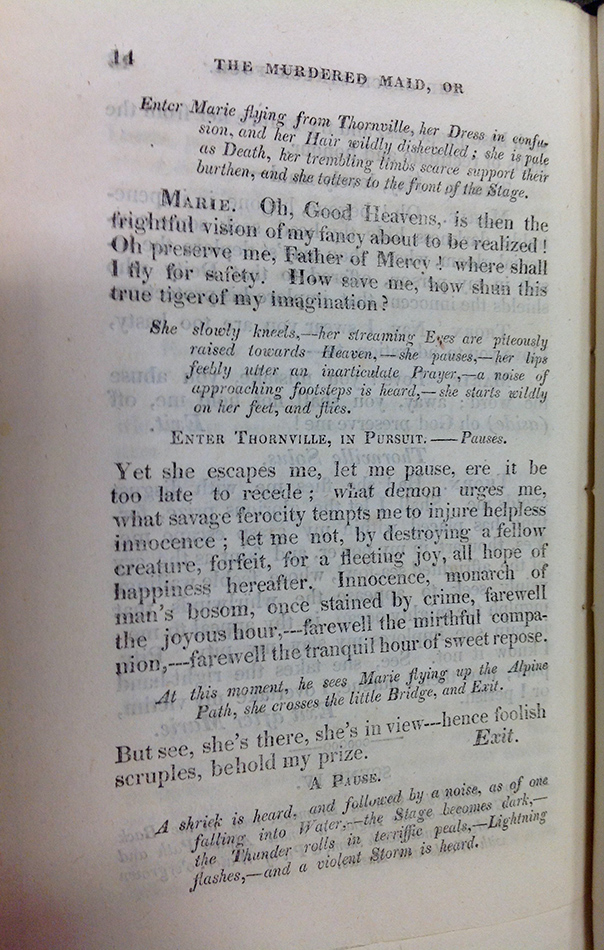
Emily Savage
Lighting the Past Cataloguer